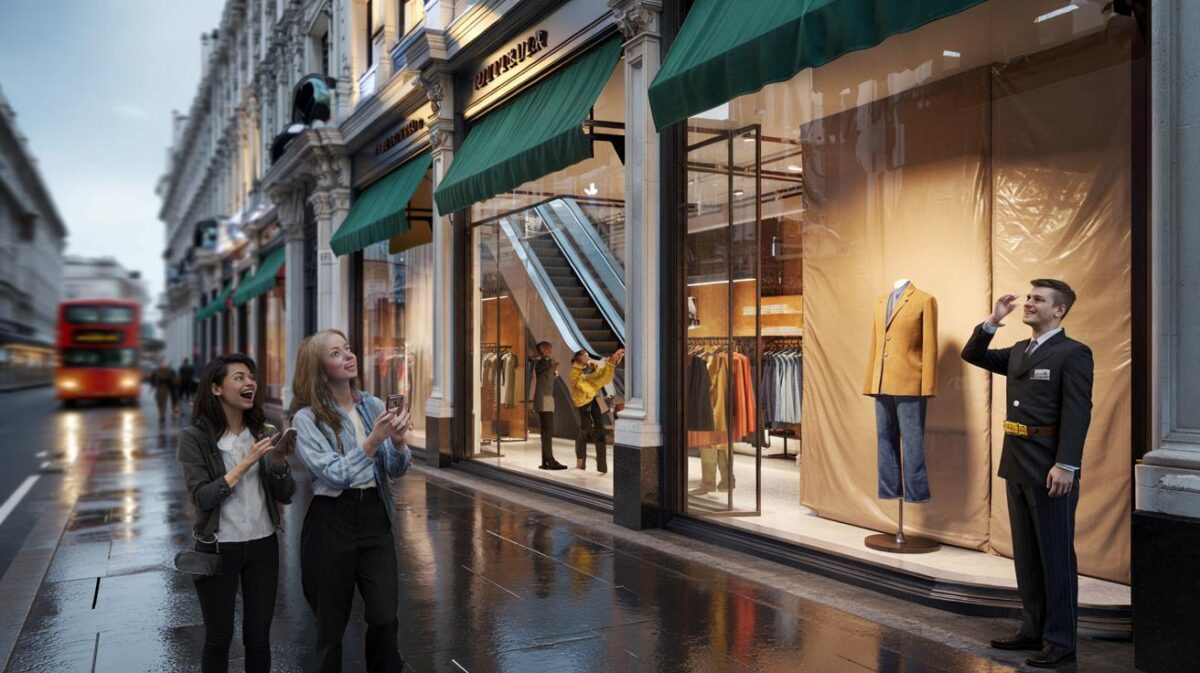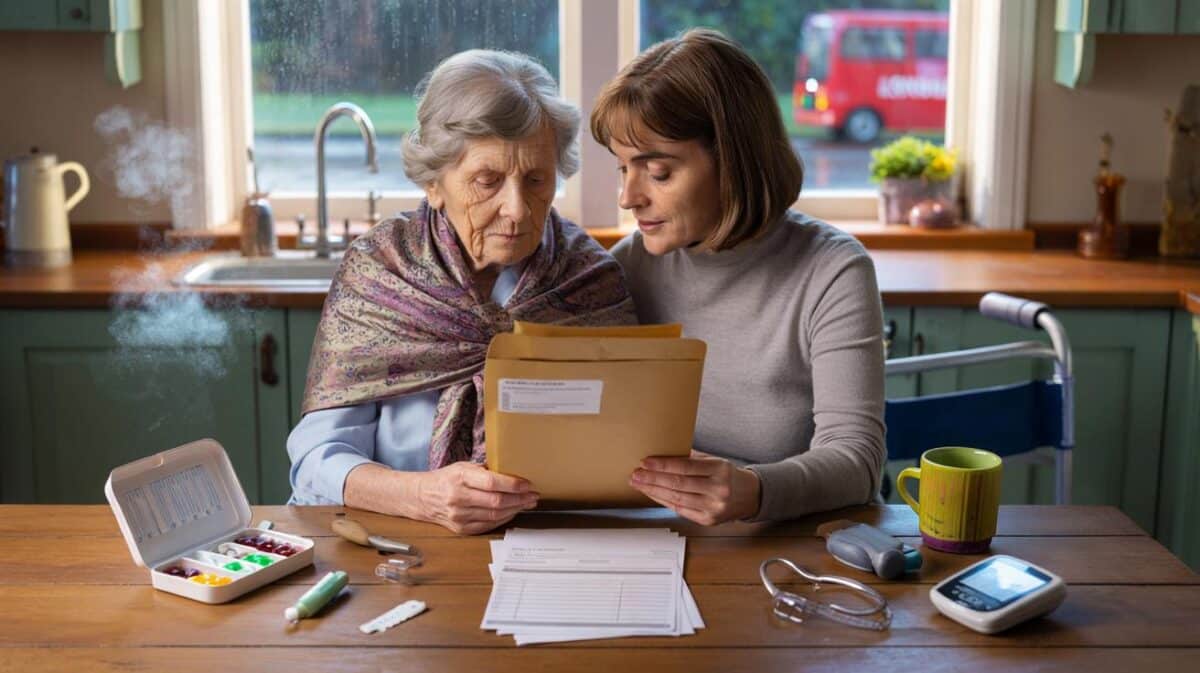Not traffic, but the hush between finding a space and knowing you can reach the door without a battle. For many people on PIP, the Blue Badge is the thin line between taking part and staying home. The latest announcement has put that small, vital card back in the conversation, especially for those living with conditions you can’t see but absolutely feel.
It was mid-morning outside a supermarket in Leeds when I clocked it. A woman paused at the boot, unfolded a stick with one hand and held a toddler’s rucksack in the other. A man slowed, saw her Blue Badge, and waved an apology for edging too close. That tiny square of plastic carried a weight you could feel. And now, with new guidance being rolled out by councils after a fresh Blue Badge announcement, people on PIP are asking what changes, who qualifies, and where the line is between visible and invisible need. The whispers have started.
What the new guidance means if you’re on PIP
Across England, Scotland and Wales, officials have set out a clearer path linking PIP mobility needs to Blue Badge decisions. The mood music is simple: faster calls, less guesswork, and better recognition of long-term and hidden conditions. That means chronic pain, fatigue, breathlessness, neurological issues and severe anxiety are not footnotes — they’re front and centre.
For many, the uncertainty never came from distance, but the fluctuating nature of symptoms. One week you can manage fifty metres; the next, ten might tip you over. The announcement leans into that reality. **If you receive PIP for mobility, your Blue Badge route is now clearer than it was a few years ago.** Councils are being urged to look at impact on safety, endurance and repeatability, not just raw “how far” numbers.
Here’s the bit that matters on the ground. National rules live in Whitehall, but badges live at the council desk. You’ll still apply locally, and decisions can vary in timing and process. PIP awards can create a straightforward path where specific mobility descriptors apply; others will go through an assessment that looks at your day-to-day journeys. Think of it as two doors: one automatic, one considered, both valid. The aim is the same — reasonable access, close to where you need to be, with a decision that makes sense when your condition is permanent or long-term.
How to navigate the process now
Start with your PIP award letter. Look at the mobility component and the descriptors you were awarded — not just points, but the wording about moving around or planning and following journeys. Gather fresh evidence: clinic letters, physiotherapy notes, repeat prescriptions, and any report explaining why distance or anxiety makes journeys unsafe or unmanageable. Add a short diary showing a typical bad day. *This is about energy, dignity, and getting your life back.*
Use your council’s online Blue Badge portal. Upload scanned evidence rather than promising to post it “later”. Explain what happens after 20–50 metres in your own words: pain spikes, breathlessness, loss of balance, panic, or post-exertional crashes. Don’t minimise. We’ve all had that moment where pride says “I’ll be fine,” then the body answers back ten minutes later. **Evidence beats adjectives.** Clear, specific examples beat sweeping statements every time.
Many applications stumble on two things: missing documents and underplayed symptoms. People wait for a perfect letter that never arrives, or they describe their best day and hope someone reads between the lines. Be practical. Let your words carry the reality of your worst, because that’s when the badge protects you. Let’s be honest: nobody does that every day.
“It’s not about the label, it’s about the impact on a real journey — to work, to school, to the shops,” says a council Blue Badge officer in Manchester. “Tell us what happens at the kerb, not just in the clinic.”
- Check: Your PIP mobility descriptors and whether they align with Blue Badge criteria in your nation.
- Prove: Recent evidence tying symptoms to distance, safety, time taken, and the need to rest.
- Apply: Through your local council; fees and photo rules vary by area.
- Expect: A decision that weighs endurance and risk, not just a tape-measure.
- Renew: Before expiry; some councils now send reminders, but don’t bank on it.
What this could change in daily life
A Blue Badge isn’t just the right to park closer. It’s a chance to finish a food shop without a crash, to arrive at work steady, to meet a friend and still have enough in the tank to get home. **Parking close isn’t a perk; it’s an access right.** With councils encouraged to look at hidden disabilities and the cumulative toll of short trips, more PIP claimants could find the decision better matches their lived experience.
There’s a social shift here too. When systems recognise invisible limits, the message to neighbours and shop staff is simple: the badge is an evidence-based need. Compassion grows from clarity. And if you’re applying this month, take heart — your words matter, your letters matter, and the detail you share paints the picture that policy alone can’t reach. Policies set the scaffolding. Stories finish the build.
| Key point | Detail | Interest for readers |
|---|---|---|
| PIP can unlock a clearer route to a Blue Badge | Mobility descriptors guide eligibility; some cases are automatic, others assessed | Know which door you’re using before you apply |
| Evidence is everything | Link symptoms to real journeys, distances, safety and recovery time | Sharper applications tend to move faster and land better |
| Local councils make the call | Rules are national, processes vary; check your council page for exact steps | Avoid delays by following local fees, photo and upload rules |
FAQ :
- Who on PIP can qualify for a Blue Badge?People receiving PIP with mobility needs that meet specific descriptors may qualify automatically; others will have a full assessment that looks at the impact on real-world journeys.
- Can you get a Blue Badge for a hidden disability or mental health condition?Yes, if the condition makes journeys unsafe, severely distressing or unmanageable, or limits your ability to walk with reasonable safety and endurance. Evidence should link symptoms to everyday travel.
- How do I apply?Apply through your local council’s Blue Badge webpage (via GOV.UK). You’ll upload ID, a photo, your PIP award letter and medical evidence. Some councils may invite you to an assessment.
- How long does it take?Timings vary by council and season. Online evidence and clear descriptions usually cut down back-and-forth and help speed a decision.
- Does a Blue Badge affect my PIP?No. A Blue Badge is separate from your PIP award. It doesn’t change your benefit, and PIP doesn’t automatically guarantee a badge unless the relevant descriptors apply.









